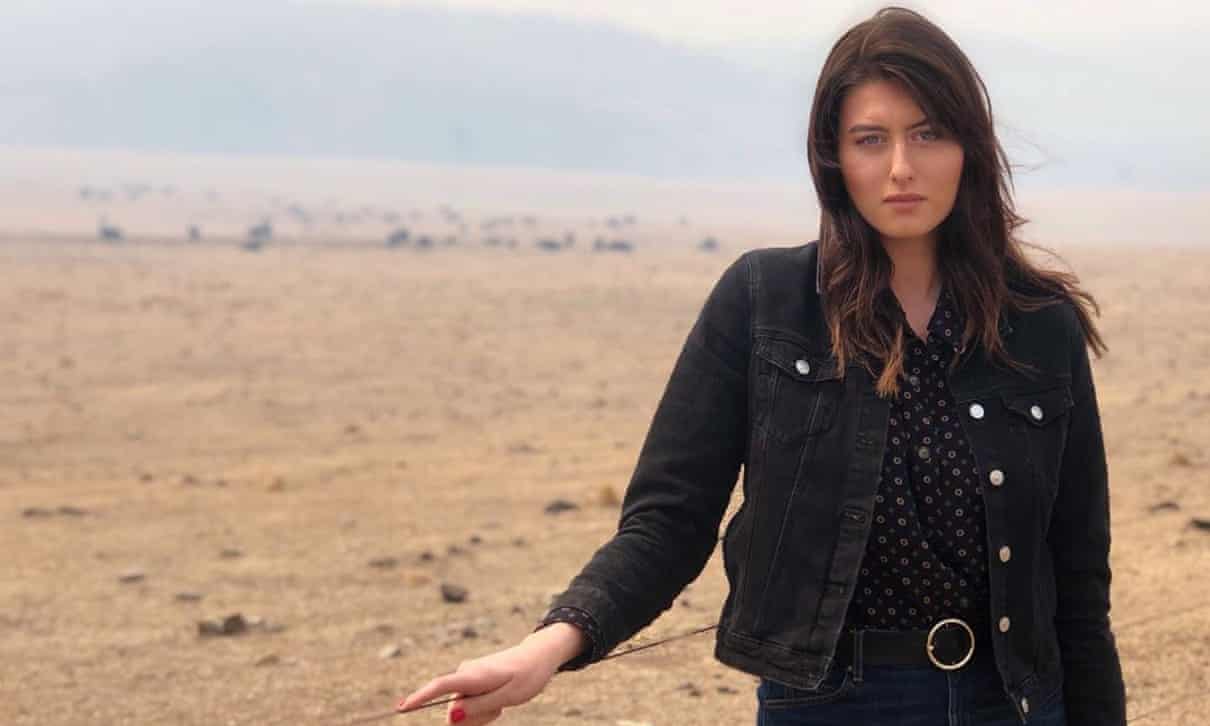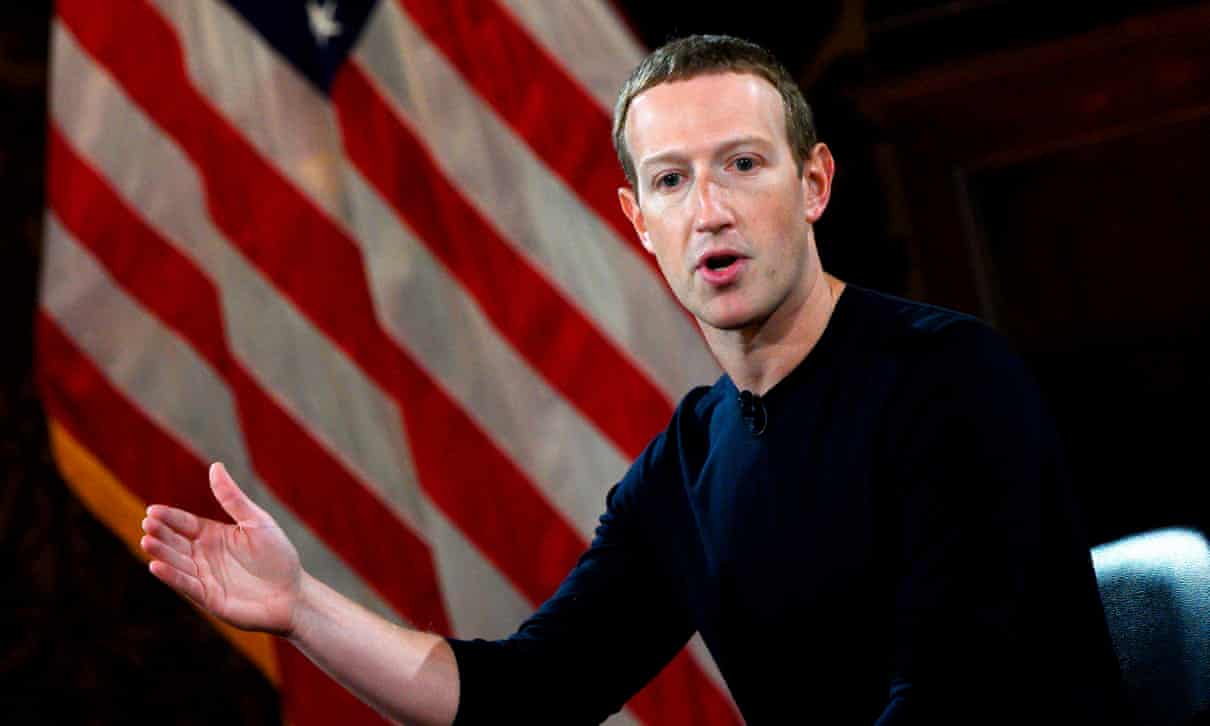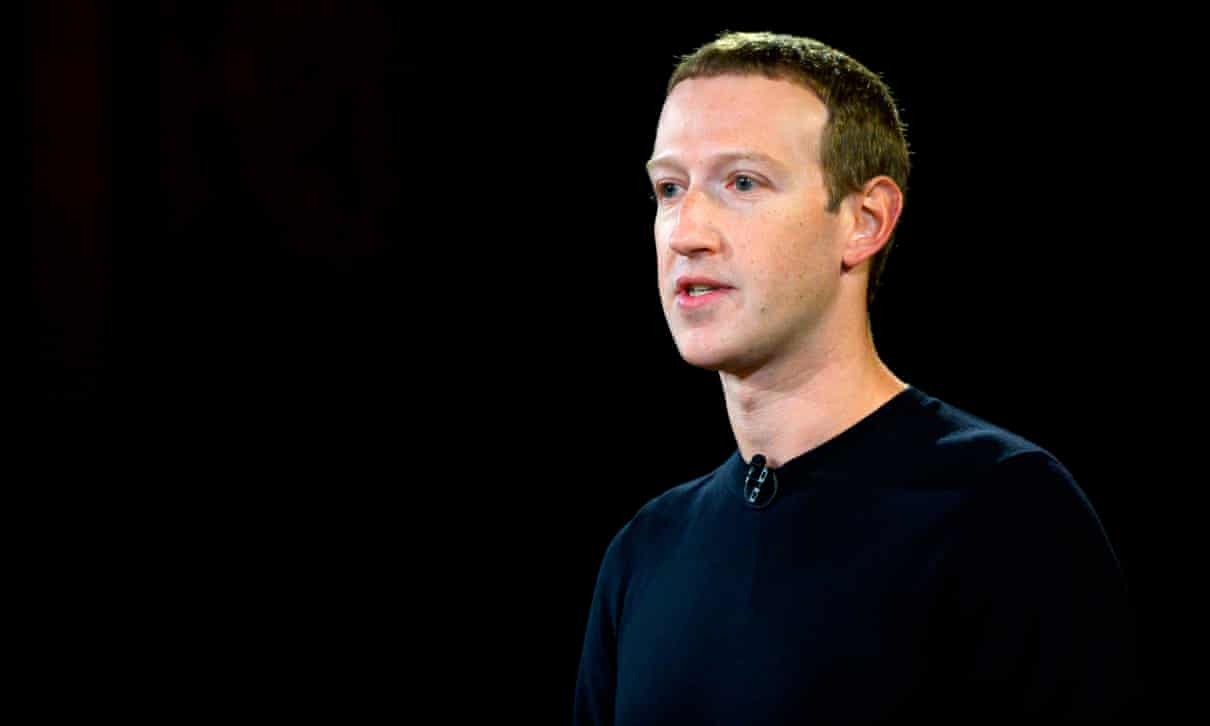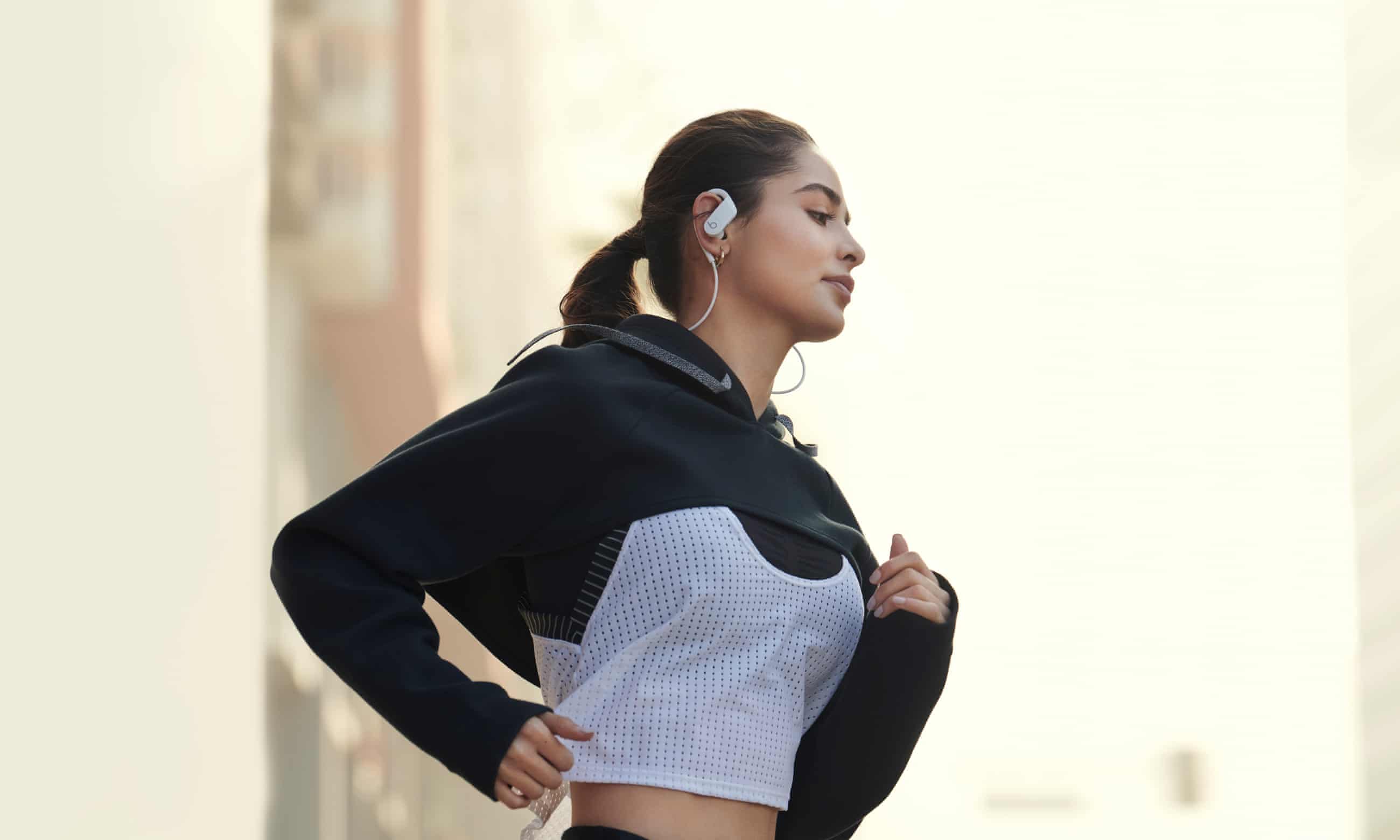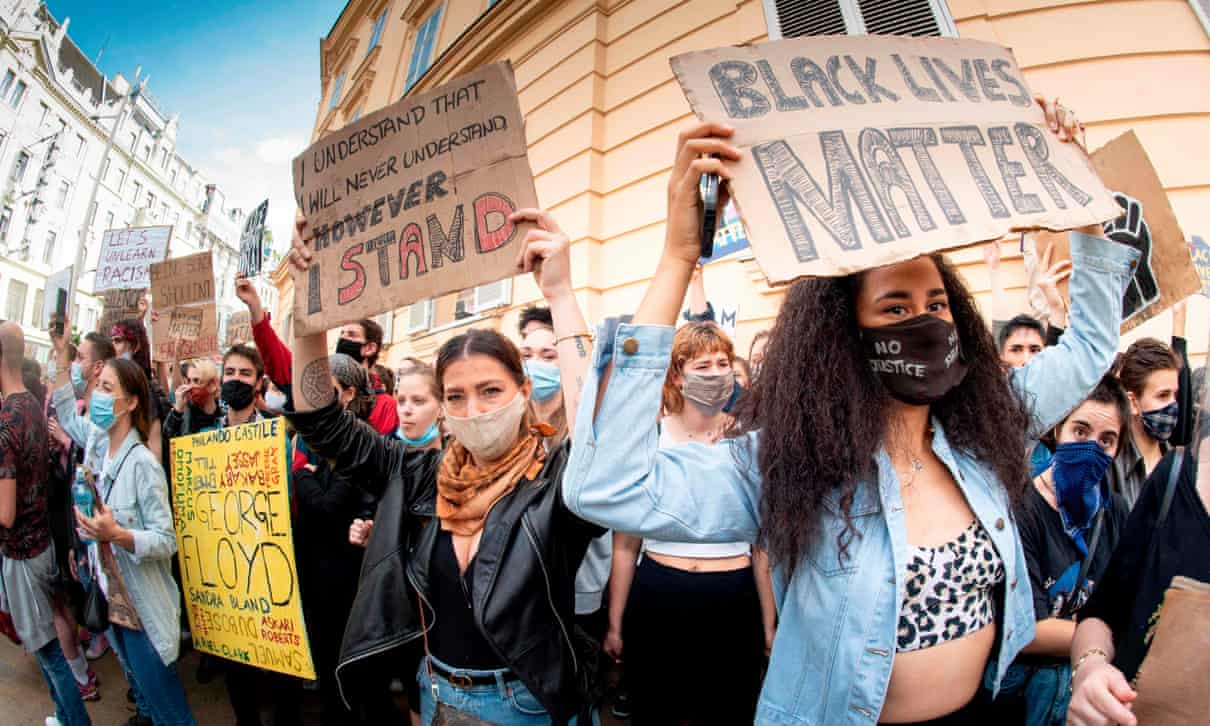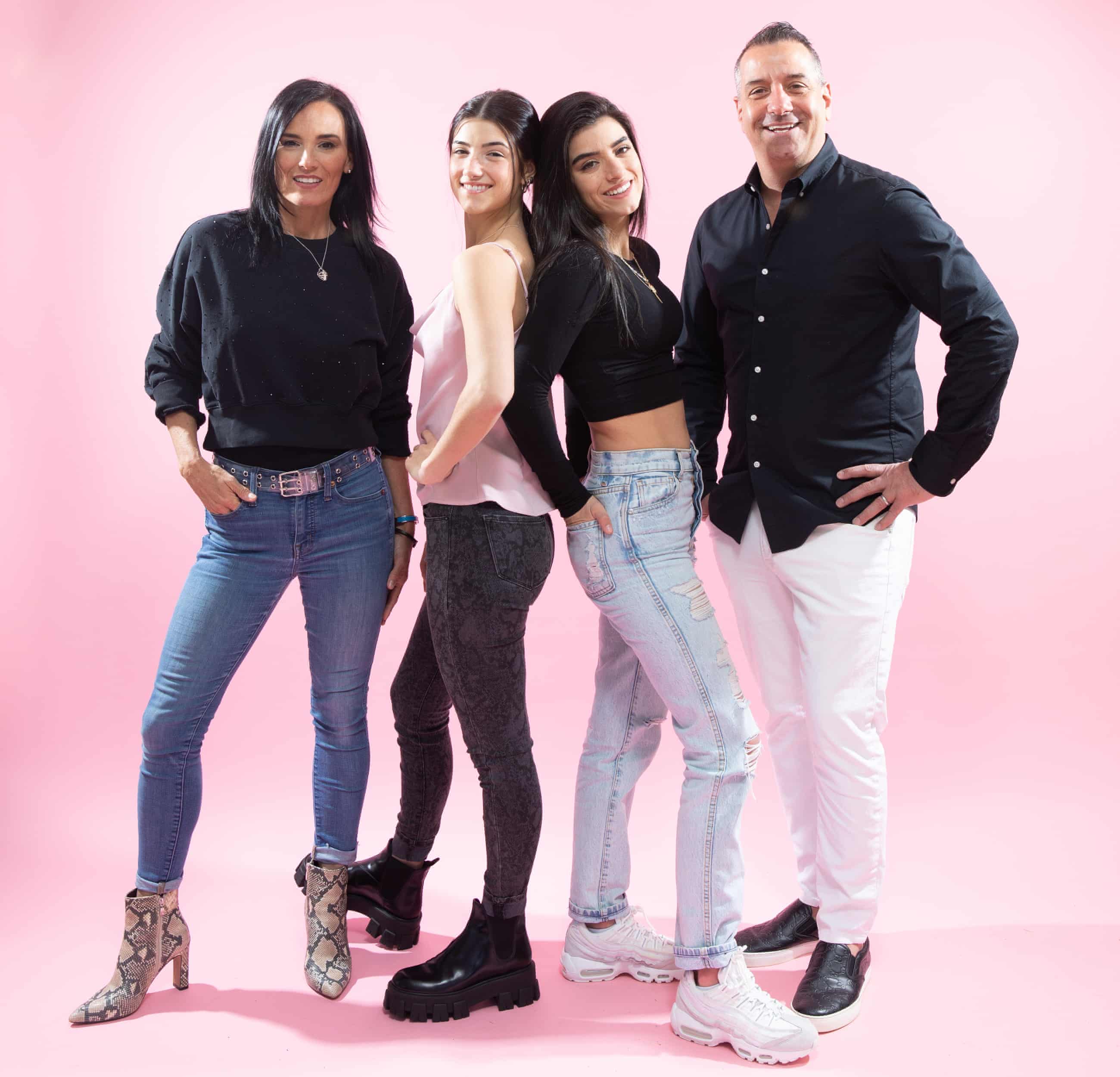
Most modern teenagers have a discreet, thumbed-aside corner of their smartphones where they stash away the apps they are most ashamed of using.
In 2018, this was where a 17-year-old US high school student called Dixie D'Amelio kept an odd little social media app called TikTok. From what Dixie could make of it, TikTok expected users to record and post ultra-short, ultra-energetic videos of themselves that were soundtracked with pre-made audio clips. Songs. Snatches of dialogue. Users danced to these clips or lip-synced along. They copied each other's moves and riffed on references and in-jokes that were starting to slosh around TikTok's expanding global network. More and more, Dixie enjoyed scrolling through the endless feed of hectic TikTok videos, but in private. She was a TikTok lurker and would never have dreamed of posting anything herself because, as she puts it: "Ew. People at school made fun of TikTok. It was looked down on. Embarrassing!" When she found out that her younger sister Charli, a talented dancer, had started posting videos on the app, Dixie was horrified. It would surely mean social death. "I was, like, Charli, dude, what are you doing?" Today, in the spring of 2020, TikTok has about 800 million active users around the world. ByteDance, the Beijing-based startup that created the app, was valued at around $75bn in 2018 and is now thought to be worth close to $100bn. TikTok has made global superstars of its most popular users, and when Dixie and Charli D'Amelio talk to me over video from their home in Connecticut, it is in their capacity as unquestioned TikTok royalty. They have 83 million followers between them, these sister queens of the app who, along with parents Marc and Heidi D'Amelio, now form TikTok's first family. TikTok's strategy of appealing to Gen Z's need for release, somewhere for them to not be Insta-perfect, was working How did Dixie go from being a TikTok refusenik to one of its best known faces? How did a Chinese app step in from the fringes to take such an awesome bite out of a social media market traditionally dominated by powerhouse Americans (Facebook, Twitter)? Dixie and Charli tell me their half of the story from their bedroom, speaking over each other in that fluent, seamless way of close siblings. They both have shoulder-length brown hair, freckles and the reedy physicality of young athletes. (Dixie is a former nationally ranked BMX racer and school track athlete; Charli started dance training for ever ago.) Having not so long ago rolled out of bed, the D'Amelios wear the bleary expressions of just-woken teens who will shortly need to go and forage for snacks. They paint their nails while we talk. "I remember Dixie was so embarrassed to have a sister on TikTok," Charli says. "And then in May 2019 – oh! I guess that was a year ago – all my friends started making TikToks. They asked me for help copying some of the dances. They said, 'Oh, you've got to teach us.' And I said, 'I don't want to, it's weird, I don't even have my own account.' But then I started making videos and I guess I started having a lot of… fun?" Dixie interrupts. "Do you remember when people first started recognising you? They would say, 'Where do I know you from?' And you would say…" "I would say 'social media'," Charli says. "Because I was embarrassed to say TikTok." Facebook Twitter Pinterest Charli, right, and Dixie D'Amelio. Photograph: Christopher Lane/The Guardian At the time, the app was attempting a delicate manoeuvre, trying to position itself as a place for teens and tweens to come to be silly, unashamed, unfiltered – a tonic to the earnestness of Instagram, the stress of Snapchat, the verbal warfare of Twitter. The app had been around in some form or another for years, first gathering momentum in 2016 after Twitter closed down its short-form video service Vine, leaving a small but exploitable hole in the social market. In summer 2018, it merged with the US lip-syncing app Musical.ly, increasing its reach, and by the end of that year it had crept to the top of Apple's US app charts. TikTok's strategy of appealing to Gen Z's need for release, somewhere for them to not be Insta-perfect, was working. It was adding tens of millions of new users every month; in January 2019, the influential technology blog TechCrunch published an editorial headlined "It's time to pay serious attention to TikTok" – advice that Facebook and Twitter, now hurriedly preparing copycat products, had been uncharacteristically slow to heed. When ByteDance celebrated the new year by projecting its TikTok logo on to the tallest building in the world, the Burj Khalifa in Dubai, it was a statement of arrival. Charli's perky, precise dance videos caught on in 2019 and grew in popularity as TikTok did. It hadn't exactly become cool in her friend circle, Dixie explains, but few people would have thought of pretending they didn't use the app, or understand its references and in-jokes. TikTok culture had spilled over into the school corridors. What is that culture? You could think of it like YouTube (beauty how-tos, cartoony science experiments, impressive athletic feats, pets being cute, domestic accidents filmed by chance, monologues to camera, goofy lip-syncs, breathless dances), only on TikTok such videos have to be severely truncated in order to be uploaded. Users get 15 seconds to express themselves, and this brevity helps to create a staccato, no-explanations, absurdist flavour to much of the content. Comedy skits benefit from the tight edit, for instance. If some of the monologues are over-earnest, at least they don't run on too long. TikTok has made capsule celebrities of young magicians, fashion mavens, political campaigners. It has also elevated people to notoriety by accident (my favourite being a young woman known as The Motherfucking Tea Girl, after a rant of hers that went viral in 2019). We were out one night and noticed kids staring. We thought, there's no way they know Charli from that weird app As a TikTok novice, I didn't fully grasp its peculiar culture until I started thinking of the app as if it were my old playground at school. When I was a kid in the 90s, everyone had seen the same TV shows, listened to the same songs, had heard about the same laugh-out-loud acts of cheek against the teachers. To listen in on our playground conversation as an outsider (Simpsons references, Britpop lyrics, hyper-local gossip) would have been like hearing a gabbling alien language. But to be in the thick of it, getting it, was wonderful. So now I think of TikTok as one big secondary-school playground, with 800 million people crammed in. All babbling, all getting it. "Yes!" says Dixie, when I pitch her my comparison. It was more or less why she cracked and started posting videos herself, she explains. "Every conversation was about TikTok. 'Oh my God, Charli has 100,000 followers. Oh my God, she has 200,000.' I said, 'I'm done! If Charli hits 1 million followers, I'll start posting because I'm done being left out like this.'" Charli: "She never thought I was gonna hit one million followers." Dixie: "No." Charli: "And then I hit one million." Dixie: "Yeah." This was October 2019. The D'Amelio family celebrated Charli's milestone with a cake and Dixie kept up her end of the agreement, popping up in Charli's videos and then shooting her own knockabout solo efforts, fooling around in the family home. Dixie's presence supercharged both sisters' popularity. By now, their parents had accounts of their own, initially to keep an eye on the girls, but soon with millions of curious followers of their own. "We were kind of on autopilot as a family at the time," recalls Marc, who is 51 and works in sportswear. "Dixie was about to go to college. She was driving Charli to school in the mornings. Me and Heidi were kind of looking at the finish line of parenting." "Coasting," agrees Heidi, 48. "And then we were out to dinner one night and we noticed kids at the other table staring. We both thought, there's no way they know Charli from that weird app…" Before long, there were mobbings at the mall and at airports. Managers and marketers contacted the house, hoping the sisters would sign deals. Marc and Heidi first met in the 90s in New York, where Marc ran his sportswear business and Heidi was a model and personal trainer. They both had some experience at the crossover point of consumer and celebrity culture, but still – that their teenage daughters had become lucrative stars, in a matter of weeks and without leaving their bedrooms, was a bit of a surprise. Marc recalls: "We really thought we'd figured out how to have two kids. Then this was thrust on us. We had to regroup. Huddle together as a family and figure out all this new stuff." Facebook Twitter Pinterest Charli on The Tonight Show Starring Jimmy Fallon. Photograph: Getty Images In November 2019, Charli was invited to go on holiday with a collective of young TikTokers based in Los Angeles (the Hype House, a kind of 21st-century Mickey Mouse Club) and though the affiliation did not last, it was a move that helped nudge her further into the millions of followers. There were other, more random boosts to her popularity. Before Christmas, she copied a TikTok dance that was doing the rounds – the audio was the clip of a track by the rapper K Camp – and a lot of people gravitated to Charli's version. The video was watched more than 150m times, mostly by users trying to copy and perfect the dance. The suburban high school girl, still 15, suddenly had the market reach of a Knowles-Carter or a Kardashian. In early 2020, Charli was signed by the powerful Hollywood agency UTA, along with the rest of the D'Amelio family. By then, The Face magazine felt comfortable describing her as "the Pina Bausch of TikTok". In February, Dixie joined the cast of a YouTube drama made by the tween production company Brats and, meanwhile talks began about constructing a TV reality show around the entire family. In April, Charli was invited to dance for a national TV audience on The Jimmy Fallon Show, by which point she was the most-followed person on TikTok's platform. As Heidi describes this period: "Things. Went. Crazy." ***It's worth pausing here to consider a question often asked in the comment-threads under Charli's TikTok videos. Why her? What made this particular teenager's breezy, professionally dapper, but ultimately innocuous dance videos take off in such an enormous way? To properly understand a community and its whims, there's little point zeroing in on the gilded few who have risen to the top. They don't know. To understand Charli's mass appeal, I would need to speak to representatives of the masses, users who were stuck in the foothills of the app with tens or hundreds of followers and who nevertheless kept the network churning with content and comments and follows. Several of my teenage nieces and nephews are dogged TikTokers and after a quick call-out on the family WhatsApp group, I was able to assemble a brain trust of Charli obsessives who could answer any question about her. Why Charli, I ask? Niece #1: "She's funny. Upbeat." Nephew #1: "She's very smiley and positive." Niece #2: "A major thing with Charli is her age. The general TikTok audience is younger than on Facebook or Instagram, so the influencers need to be younger." Niece #3: "She's a good dancer." Niece #2: "Whenever we want to learn a dance, we'll look for Charli's video because she's so good, we think of hers as the best version to copy." Nephew #1: "Her having an older sister helps. They can do videos together." Niece #1: "They can do synchronised moves." Niece #2: "A lot of families across the world use TikTok and it's a bond people recognise." We're offered deals all the time that we turn down. Charli will not promote something she doesn't like When I ask the D'Amelio family the same question – why them? – Marc puts it down to luck. An app came along that prized a certain style of dancing (just this side of practised) and a certain style of personality (just this side of sarcastic) and Charli and Dixie happened to fit the mould. They benefited from "the lightning in a bottle effect", Marc says, of being relatable to a generation. Charli has long professed bafflement about her rise. TikTok, though noticeably friendlier in tone than most of its social media competitors, is by no means an online utopia. People can be cruel. Towards the end of last year, Charli had to post a captioned video in response to a common observation that her popularity did not make sense. "I don't understand [it] either," Charli wrote in the video, "but that's not my problem." This slightly flinty statement has softened over time into a kind of mantra for dealing with both the attention and the questions about whether she deserves it. "Don't worry," it now says on Charli's TikTok profile page, "I don't get the hype either." Dixie says: "I wish I could protect her a little bit more from the haters." I ask them how the worst of the negativity manifests itself. Comments? Direct messages? Actually, on TikTok it tends to be a little more roundabout than that. A popular collaborative feature on TikTok allows users to take a stranger's video and "duet" with it. (The original video appears on one half of a split-screen, the responding one on the other half.) Credited by some tech observers as a key innovation that helped TikTok create a sense of ongoing collaboration, "duets" are also a quick and easy vehicle for mockery. "You can't really avoid them," Dixie explains, adding that if you're the subject of someone's duet (well-intentioned or otherwise), that video is invariably pushed into your feed. "And I don't think people…" Charli finishes her sentence: "…understand that. They think you'll never see. But it's just not true." "Learning how to deal with hate," Dixie says, "that's the part we're still working on it. It gets very frustrating." As for the numbers, Charli says, "even 100,000 pairs of eyes is a lot. So it's been, since very early on, that the numbers stopped making sense to me. I try to think, 'I don't know how these people found me, and this is all crazy, and I'm just gonna keep doing what I'm doing.'" ***We break off the interview so Charli and Dixie can make some TikTok videos. Charli's creative process for this is not much of one at all. She scrolls through her "For You" page (a sort of welcome-to-the-app splash screen full of videos algorithmically generated for each user) and chooses an audio clip she likes. Otherwise, she thumbs through a list of saved, favourite clips that have caught her ear before and earmarked for possible use. Today it's a crunchy, low-quality recording of a couple of bars from a 2011 track by rapper J Cole called Work Out. For reasons of not looking as if you're trying too hard, another convention of TikTok is that the music clips often sound secondhand, slightly distorted, as if taxing the limits of a smartphone speaker. Charli hits the button that says "Use this sound" and she's ready to shoot. Now, and not before, she'll think about what to do. "There's no planning. The thing about making a TikTok is, whenever you're making it, that's when the ideas come." She props her smartphone against a water bottle in her bedroom and, with Dixie, films a brief dance. It ends in a comic tumble as Dixie collides with her sister and loses her balance. Good enough: the footage is edited down to seven seconds, ending on a smeared closeup of Dixie as she collapses forward towards the camera lens. "Upload." Dixie goes downstairs to make a solo video of herself dancing on the kitchen counter while Charli stays in her room and, choosing a clip of an old song by Drake, lip-syncs along. Her follower count has just ticked over 54 million, so she appends a comment: "THANK YOU GUYS SO SO MUCH FOR 54 MILLION!!!!" Meanwhile I track the progress of the J Cole dance that ended with Dixie falling over. It goes online in the early afternoon and by teatime it has been seen 4m times. Within a day the number is up past 20m. After a week it's 45m and still tick-tocking up, up, up. These are Adele numbers. Sports broadcast numbers. Facebook Twitter Pinterest The D'Amelios at home in Norfolk, Connecticut. Photograph: Christopher Lane/The Guardian "It is a business now, 100%," Marc tells me. "When kids have millions of followers, it's kind of hard to put the brakes on it. So, for lack of a better term, we've kind of decided to double down. We're seeing where all this goes." The sisters currently have a range of endorsement deals, including with a skincare company, though Marc stresses "we're offered deals all the time that we turn down. Charli will not promote something she doesn't like." Heidi adds: "I've seen her sit in a room full of executives and say no. I couldn't have done that at her age." TikTok as a service has been deliberately slow to monetise, creators ByteDance deploying the softly-softly startup strategy of growing a base of devotees before trying too obviously to sell them things. In spring 2019, early video ads were allowed on to the network. A few months later, a feature was added called Hashtag Challenges: sponsored marketing campaigns, by any other name, in which TikTokers push certain products. In February, the D'Amelios were involved in some hectic promotion of a Hashtag Challenge in aid of Jennifer Lopez's half-time performance at the Super Bowl. The family were flown to Miami, where Charli filmed a dance with Lopez. It probably says a lot about TikTok culture (and maybe older media's hesitant grasp of it) that some videos Charli made of herself dancing to a Sean Paul track in her Miami hotel bathroom got more eyeballs than the J-Lo collaboration. For now, at least, there's distrust in TikTok land of any stars who too brazenly sell out. On Charli's 16th birthday, the D'Amelio family recorded videos of themselves wearing matching Charli-branded hoodies in celebration. Marc put out a message directing fans to Charli's online shop where the hoodies were on sale ("today only"). I noticed, though, that he kept the salesmanship to his Twitter account, away from TikTok. In the same way the young users of the app seem to resist many of the aesthetics of the Instagram age (the D'Amelios will often make videos while wearing pimple cream, to the amazement of their mother), there's evidently a squeamishness about echoing the mistakes of older Insta-stars who will haphazardly sell followers anything – teabags, eScooters, obscure holiday destinations, whoever's paying. Heidi, trying to explain why Charli would face down a room full of advertising execs and refuse lucrative offers, gives a compelling reason: "Charli doesn't want to get crushed for it online. She doesn't want to be called out." ***One of Charli and Dixie's most popular TikToks, made in the days after our interview, lasts just four seconds. It's a compact, gnomic expression of Gen Z mores and tics – an initially inexplicable duet between the sisters and three strangers that takes me a good half an hour to decode when it pops up on my "For You" page. Here's what I think is happening in the video. A random TikToker, feeling sentimental, has a thought about Charli and decides to express it by filming themselves curled up in bed with a pensive look on their face. "I know for a fact," it says on an overlaid caption, "that Charli D'Amelio would wait for me to tie my shoe while everyone else kept walking." Another TikToker takes the prompt and "duets" with this video, adding the lightest touch of snark about too-good-to-be-true Charli. "I just know [she] would ask me if I was feeling OK after the rest of the group laughed at my self-deprecating joke." This goes on a bit, with more pensive expressions and more "I just know"s, until Dixie sees the video and gets involved. She videos herself curled up in bed and appends the caption: "I just know Charli D'Amelio." The coup comes from Charli herself, who breaks the chain of melancholy faces by filming herself clenching her fists, jiggling from side to side with a deadpan, shit-eating grin, under a caption that reads: "I Charli D'Amelio." The whole thing plays out, without explanation, to a looping clip of Kenny Loggins singing the 1984 soundtrack to Footloose. TikTok is the social media sensation of lockdown. Could I become its new star? Read more This is TikTok. The ad hoc collaboration between distant strangers. The tonal blend of earnestness and irony. The unbothered bed-head aesthetics and the incongruous soundtrack. Watching the video, trying to unravel it, gets me thinking about Gen Z as a whole – what a confused and sad world we're bequeathing them. We've thrust cameras in their faces for as long as they can remember, making them twitchily aware of their appearance from all angles. No wonder they have begun to congregate, away from all the stumbling grownups, in a place they can be silly, arch and sweet, and look a mess, and think at microprocessor speed – all in a format that registers as gibberish to outsiders. As Dixie explains, "If someone has never used TikTok before and they come on it, they'll have no idea what's going on. Things go viral and then disappear right away. It comes and goes, and comes and goes." "And that's why it's fun," Charli says. "You don't need to be on-your-best all the time. Things keep passing. There isn't some impossible thing you can be, that you're shooting for, that you have to maintain." Dixie: "Things can last one day and then nobody talks about them ever again. And that's… " Charli: "That's super-cool." Topics Family TikTok Social media Digital media features Share on Facebook Share on Twitter Share via Email Share on LinkedIn Share on Pinterest Share on WhatsApp Share on Messenger Reuse this content



